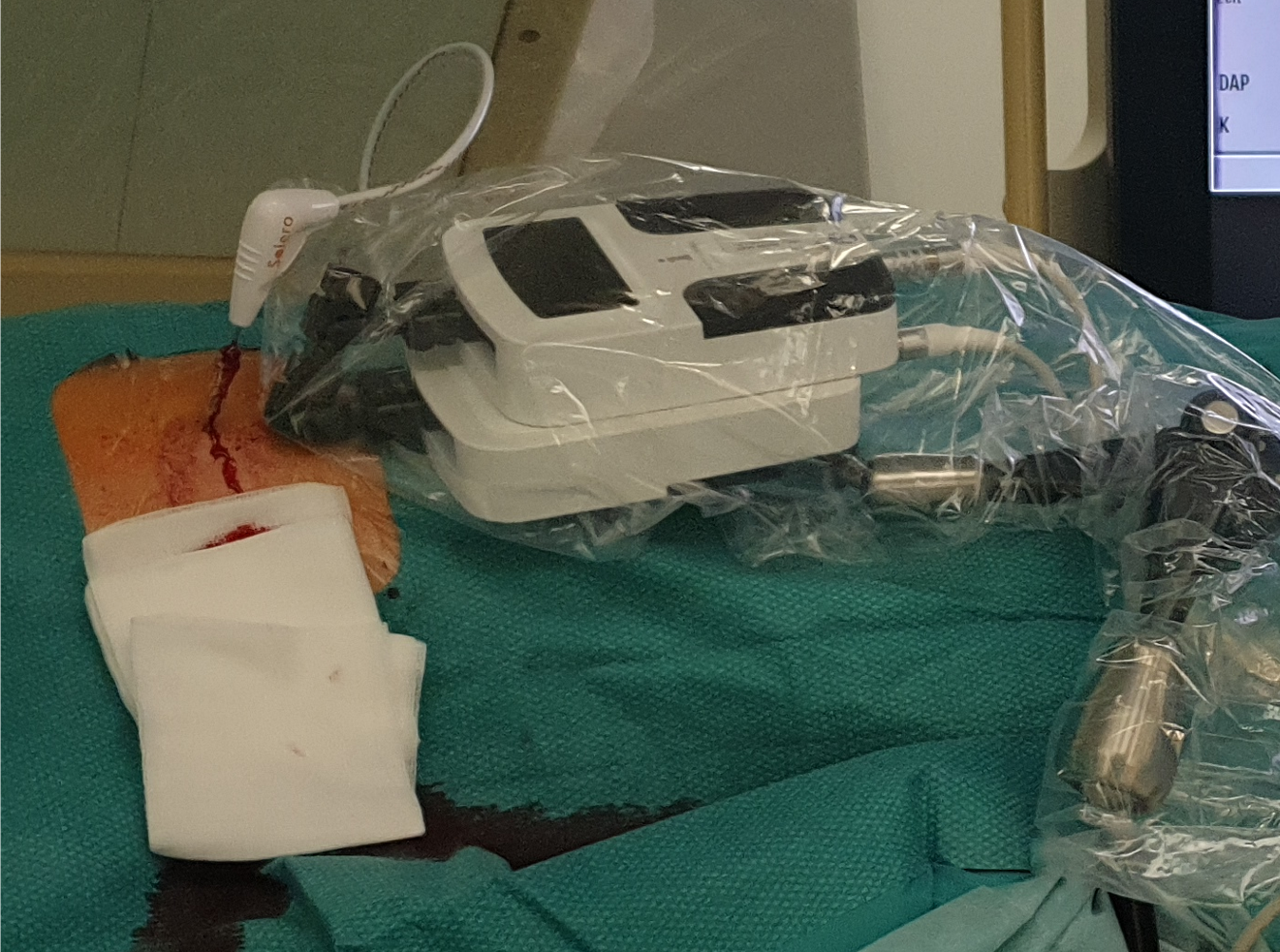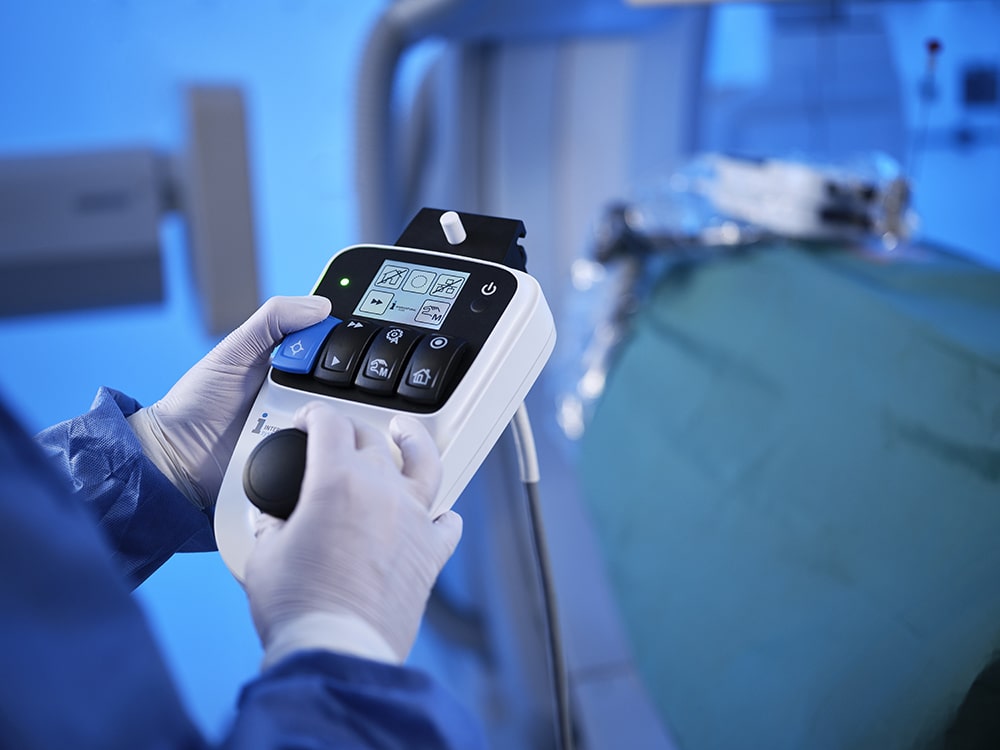
Gene cloning may be carried out by positional cloning (Chapter 28) and gene trapping in embryonic stem cells (Chapter 29). Examples of differential screening of developmental gene expression are presented in Chapters 31–33. Such correlations then provide a rational basis for further analysis of the putative functions of specific genes and their products. Specifically, developmental biologists have successfully adopted differential gene screening and cloning approaches to relate specific gene expression events to spatiotemporally defined stages of development and embryogenesis, such as cellular commitment, differentiation, and morphogenesis. Screening and Mapping of Novel Genes and Mutations The utility of applying molecular biology techniques to the study of development is well documented in this Part. Finally, in assessing the developmental toxicity of potentially harmful substances, it is crucial to utilize valid dose-response models Chapter 27 summarizes the biologically based risk assessment models for developmental toxicity. Techniques used to study cardiac morphogenesis and dysmorphogenesis, particularly related to laterality defects, are detailed in Chapters 24–26.

The method of interspecies tissue grafting, also detailed in Volume I of this series, is described here in the context of understanding the basis of developmental limb anomalies (Chapter 23). Craniofacial malformations, such as cleft palate, are among the most frequent birth defects in live-born human infants, and two chapters (Chapters 21 and 22) are devoted to the analysis of palatal dysmorphogenesis. Abnormalities in placentation, which is critical for a range of physiological interactions required for fetal growth and development, are often associated with early embryonic mortality as well as serious pregnancy disorders such as pre-eclampsia methods for examining placentation is presented in Chapter 20. Experimental studies of neurulation and neural tube defects are first described (Chapters 16–19). This section contains chapters representing a cross-section of many such examples and the experimental approaches currently used in analyzing the underlying mechanisms. Lo © Humana Press Inc., Totowa, NJĪbnormal development. 136: Developmental Biology Protocols, Vol. One of the long-term goals of the science of developmental biology is, indeed, the discovery of the mechanisms responsible for From: Methods in Molecular Biology, Vol. At present, the causes remain unknown for most of these cases.

In the United States alone, over 120,000 babies are born each year with a structural birth defect or malformation. Abnormal Development and Teratology Birth defects are the leading cause of infant mortality and are responsible for substantial morbidity and disability. In addition, because programmed cell death has emerged as a common mechanistic step in many aspects of morphogenesis, two chapters are devoted to the methods of the analysis of apoptosis (Chapters 13 and 14).

These systems exemplify the diversity of developmental mechanisms involved in organogenesis, as well as the experimental techniques applicable to their analysis.
Fmc micromate skin#
Practical details on a number of organ/tissue systems in vertebrates are presented, including mammary gland (Chapter 4), heart (Chapter 5), skeleton (craniofacial: Chapters 6 and 7 axial and appendicular, Chapter 8), limb (Chapter 9), thymus (Chapter 10), liver (Chapter 11), and skin (Chapter 12). Organogenesis Studies on Drosophila (Chapter 2) and Xenopus (Chapter 3) are first presented to illustrate the power of these systems for deciphering the experimental principles of developmental biology. The volume concludes with detailed description of the technologies used to identify developmentally important genes and the methods for transgenesis, including gene knockout. This second volume of the three-volume set begins by presenting the tissue and organ models currently being studied, and the characteristics of abnormal development. It is the goal of Developmental Biology Protocols to present to the readers a set of contemporary, practical experimental tools dealing with a wide-ranging spectrum of topics in developmental biology research. Introduction The discipline of developmental biology covers scientific investigations aimed at deciphering the underlying mechanisms responsible for diversity and order within tissues and organs. Developmental Biology Protocols Volume II Edited byĭevelopmental Biology Protocols: Overview IIġ Developmental Biology Protocols Overview II Rocky S.


 0 kommentar(er)
0 kommentar(er)
